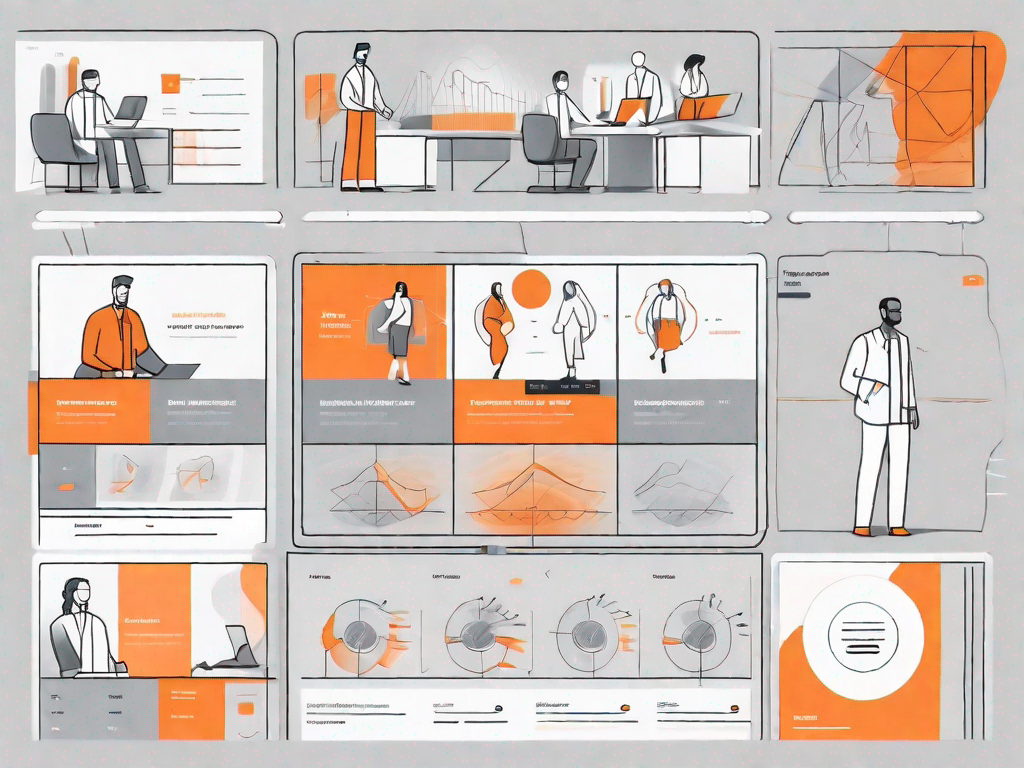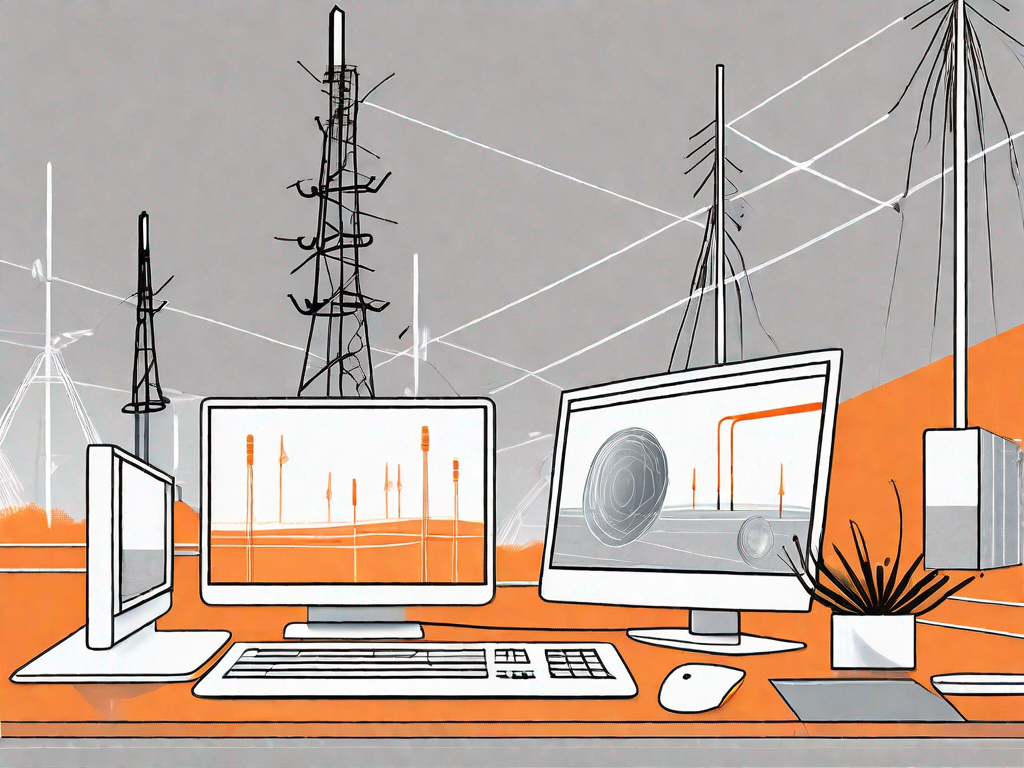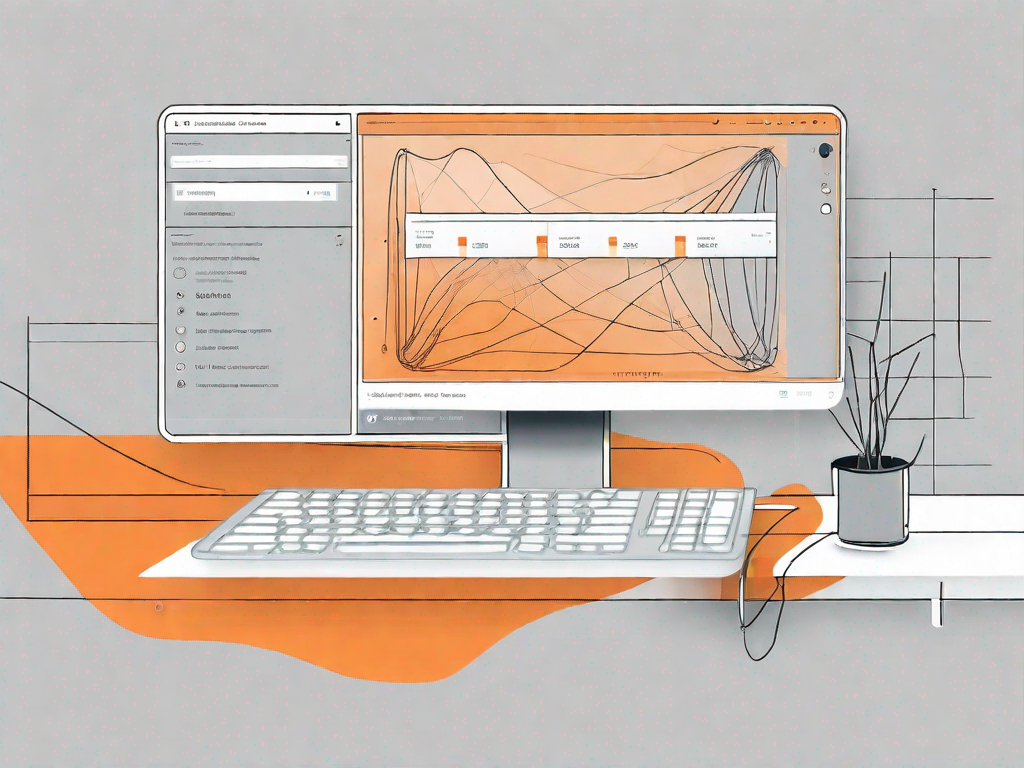.svg)
How AI Agents Power Autonomous Underwater Vehicles
.svg)

In recent years, the integration of artificial intelligence (AI) into various technological domains has revolutionised the way we interact with machines. One of the most fascinating applications of AI is in the realm of autonomous underwater vehicles (AUVs). These sophisticated machines are designed to operate independently beneath the ocean's surface, performing tasks ranging from scientific research to military operations. The role of AI agents in powering these vehicles is both pivotal and transformative, enabling them to navigate complex underwater environments with minimal human intervention.
The Role of AI in Autonomous Underwater Vehicles
Understanding AI Agents
AI agents are essentially software entities that perceive their environment through sensors and act upon that environment using actuators. They are programmed to achieve specific goals, making decisions based on the data they collect. In the context of AUVs, AI agents are responsible for processing vast amounts of sensory data to make real-time decisions about navigation, obstacle avoidance, and task execution.
The complexity of underwater environments, characterised by limited visibility, variable currents, and diverse marine life, necessitates the use of AI agents. These agents enable AUVs to adapt to changing conditions, ensuring that missions are completed efficiently and safely. By leveraging machine learning algorithms, AI agents can improve their performance over time, learning from past experiences to enhance future operations.
Navigation and Path Planning
One of the primary functions of AI agents in AUVs is navigation and path planning. Traditional navigation methods, which rely heavily on GPS, are ineffective underwater due to signal attenuation. AI agents overcome this challenge by using a combination of inertial navigation systems, sonar, and other sensors to determine the vehicle's position and orientation.
Path planning involves determining the most efficient route for the AUV to take to reach its destination while avoiding obstacles. AI agents use algorithms such as A* and Dijkstra's to calculate optimal paths, taking into account factors such as energy consumption and mission objectives. This capability is crucial for missions that require precise manoeuvring, such as inspecting underwater pipelines or mapping the ocean floor.
Obstacle Detection and Avoidance
Underwater environments are fraught with potential hazards, from natural obstacles like rocks and coral reefs to man-made structures such as shipwrecks and cables. AI agents equip AUVs with the ability to detect and avoid these obstacles autonomously. Using data from sonar, cameras, and other sensors, AI agents create a real-time map of the surrounding environment.
Advanced machine learning techniques, such as convolutional neural networks (CNNs), are employed to identify and classify obstacles. Once an obstacle is detected, the AI agent calculates an alternative path to avoid it, ensuring the safety of the vehicle and the success of the mission. This capability is particularly important for AUVs operating in dynamic environments, where conditions can change rapidly.
Applications of AUVs Powered by AI
Scientific Research and Exploration
AUVs have become invaluable tools for marine scientists, enabling them to explore the ocean's depths in ways that were previously impossible. AI-powered AUVs can conduct detailed surveys of marine ecosystems, collect data on oceanographic conditions, and even discover new species. By automating these tasks, researchers can focus on analysing the data rather than the logistics of data collection.
In addition to biological research, AUVs are used to study geological phenomena such as underwater volcanoes and tectonic plate boundaries. AI agents allow these vehicles to navigate challenging terrains and gather high-resolution data, contributing to our understanding of the Earth's processes.
Environmental Monitoring
With growing concerns about climate change and pollution, environmental monitoring has become a critical application for AUVs. AI agents enable these vehicles to conduct long-term monitoring of ocean conditions, such as temperature, salinity, and pH levels. This data is essential for tracking changes in the marine environment and assessing the impact of human activities.
AUVs are also used to monitor pollution levels, detecting oil spills and other contaminants in real-time. AI agents can identify anomalies in the data and alert authorities to potential environmental threats, facilitating rapid response efforts. This capability is vital for protecting marine ecosystems and ensuring sustainable ocean management.
Military and Defence Operations
The military has long recognised the strategic importance of AUVs for defence operations. AI-powered AUVs are used for a variety of purposes, including mine detection, surveillance, and reconnaissance. These vehicles can operate covertly in hostile environments, gathering intelligence without putting human lives at risk.
AI agents enhance the operational capabilities of military AUVs by enabling them to adapt to changing mission parameters and respond to threats autonomously. For example, an AUV tasked with mine detection can use AI to identify and classify mines based on their shape and size, ensuring accurate and efficient clearance operations.
Challenges and Future Directions
Technical Challenges
Despite the significant advancements in AI and AUV technology, several technical challenges remain. One of the primary challenges is the limited computational power available on AUVs, which can restrict the complexity of AI algorithms that can be implemented. Researchers are working on developing more efficient algorithms that can operate within these constraints.
Another challenge is the need for reliable communication between AUVs and their operators. Underwater communication is notoriously difficult due to the attenuation of radio waves in water. Acoustic communication is commonly used, but it has limited bandwidth and range. Developing robust communication protocols is essential for the effective operation of AUVs.
Ethical and Environmental Considerations
The deployment of AI-powered AUVs raises several ethical and environmental considerations. The potential for these vehicles to disrupt marine life and ecosystems is a concern that must be addressed. Researchers are exploring ways to minimise the environmental impact of AUV operations, such as developing quieter propulsion systems and implementing protocols to avoid sensitive habitats.
Ethical considerations also arise in the context of military applications. The use of autonomous systems in warfare raises questions about accountability and the potential for unintended consequences. It is crucial to establish clear guidelines and regulations governing the use of AI in military AUVs to ensure responsible and ethical deployment.
Future Prospects
The future of AI-powered AUVs is promising, with ongoing research and development efforts aimed at enhancing their capabilities. Advances in AI, sensor technology, and materials science are expected to lead to more sophisticated and versatile AUVs. These vehicles will be able to perform a wider range of tasks with greater autonomy, opening up new possibilities for exploration and exploitation of the ocean's resources.
Collaboration between academia, industry, and government agencies will be key to realising the full potential of AUVs. By working together, stakeholders can address the technical, ethical, and environmental challenges associated with these vehicles, ensuring that they are used responsibly and sustainably.
Conclusion
AI agents are at the heart of the revolution in autonomous underwater vehicles, driving advancements in navigation, obstacle avoidance, and task execution. These intelligent systems enable AUVs to operate independently in complex and dynamic environments, performing a wide range of tasks from scientific research to military operations. While challenges remain, the future of AI-powered AUVs is bright, with the potential to transform our understanding and utilisation of the ocean's vast resources.
Let's
Let’s discuss how we can bring reinvigorated value and purpose to your brand.







.svg)